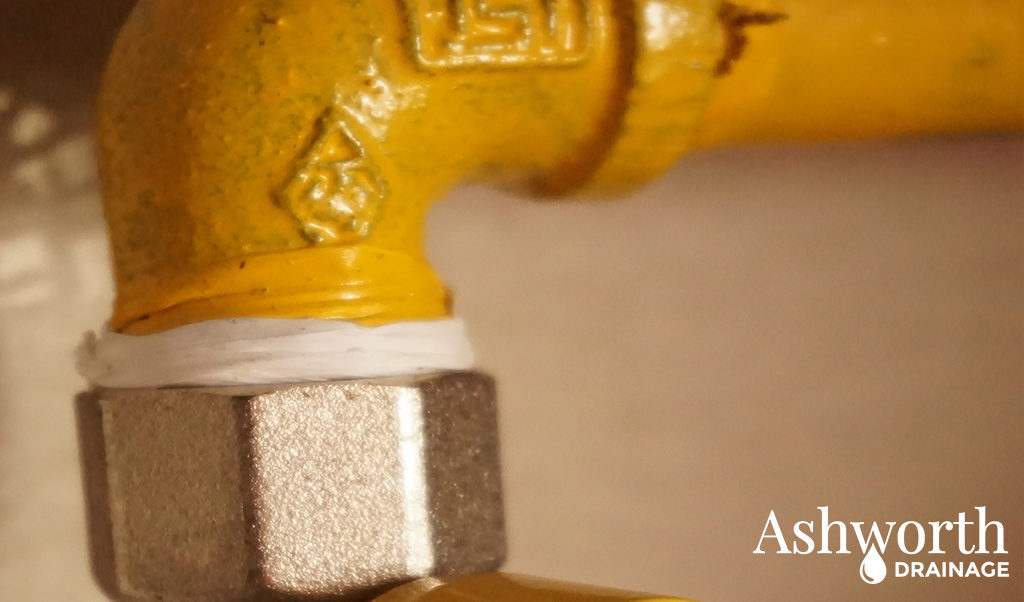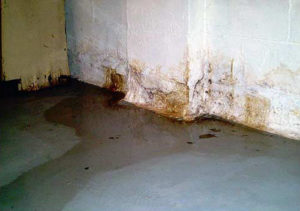What You Can Do Now To Prevent Leaks In Spring

Basement and foundation maintenance isn’t just a warm-weather task. There’s so much you can do in winter to stop major water damage brought when the snow melts and the rain starts. Preventing leaks in the springtime means catching foundation and basement weaknesses before moisture seepage has a chance to make them worse!
Check For Moisture Behind Walls 
Knowing if there’s moisture behind the wall of a finished basement is important, but homeowners shouldn’t wait until signs of water damage become visible. They shouldn’t have to tear into the drywall to find out, either! One handy tool for detecting unwanted moisture behind drywall is a moisture meter. This type of meter uses electric signals to analyze the moisture content of the wall.
Depending on the model, the moisture meter either measures the flow of moisture between a tiny electrical path between two pins (giving it the name pin meter) or uses an electromagnetic pad to gauge the moisture content in the material (the pinless meter). You can purchase a moisture meter, or have a professional who owns one come by and scan the basement walls for you.
Closely Inspect The Walls For Damage
One of the best ways to prevent leaks in spring, when the snow melts and the soil around your foundation becomes waterlogged, is to detect and shore up cracks and weaknesses that have left their mark. However, some damage might not be recognizable to non-professionals. If you don’t have a moisture meter, go around and look for the following:
- Discolouration of the wall. Whether it’s concrete or drywall, look for irregularities in the colour and dark patches. Old discolouration that hasn’t worsened over time can still be a sign of a problem that wasn’t addressed properly, which will be a problem for you in the future.
- Texture changes in paint, wallpaper, or drywall. Ripples, bubbles, distortions, and rips in the material is a good sign water damage is occurring behind drywall.
- Musty smells. Moisture that might not leave visible evidence could still be detected via the smell test. If there are musty odours in your basement, break out a moisture detector.
- Signs of mould or mildew. Small clusters of brown or black spots are a bad sign. If you see anything like this, have the drywall removed and the problem taken care of ASAP.
- Pooling moisture. The most obvious sign, and the one that indicates the worst structural problems in the foundation. If it’s happening now, it will only get worse when spring comes!
Seal Basement Windows And Doors 
Common weaknesses in basements can be found around window wells and outdoor-access doorways. Moisture can leak through seals that have cracked or been improperly installed, creating worse problems between the drywall and foundation. Make sure to examine these carefully when performing routine inspections, and repair any breakages in the caulking you might find.
Get Snow And Water Away From The Foundation
You shovel your driveway, walkways, and sidewalk – add the foundation to your list! Any snow that is right up against the foundation will add a significant amount of moisture to the soil when it melts. Clearing it away will decrease the added pressure on the concrete walls.
Make sure your eavestroughs are clean and blockage-free, too, so when the snow melts on your roof the water doesn’t spill over the sides and onto the foundation.
